Problems with Using Spreadsheets for Budget Tracking & Control
By: Mark A. Brousseau | May 17, 2022
ARTICLE — The most obvious answer is not always the right one.
Consider the case of using spreadsheets for budgeting.
Every business has ready access to spreadsheets. And most people know how to use them. So, it is no surprise that many businesses use spreadsheets to track expenditures.
The problem is that managing spreadsheets can consume a lot of staff time and spreadsheets do not provide real-time visibility or control over expenditures that businesses need during tough times. That was the lesson that one fast-growing FinTech learned the hard way.
Like many businesses, each of the FinTech’s departments relied on spreadsheets to track their expenditures and budgets. As the FinTech grew, the burden of managing its spending also grew.
For instance, the FinTech’s purchasing department spent an hour a day reviewing requisitions to determine whether the expenditure would result in an out-of-budget situation. Additionally, it took the FinTech between two and three hours to review each department’s monthly budget performance. And the FinTech’s accounting department spent between four and six hours each month reviewing each budget record to ensure that they were accounted for correctly in the company’s financial close.
But wasted staff time was not the only problem the FinTech encountered with using spreadsheets to track expenditures. Spreadsheets have no way of preventing staff from choosing the wrong account when they uploaded purchase orders, resulting in discrepancies between the budget and actual expenditures. Spreadsheets also could not provide staff with real-time visibility into their department’s budget performance. And spreadsheets do not have any mechanism for alerting purchasers that their requisition or purchase order will result in an out-of-budget situation.
Matters came to a head when the FinTech’s volume of purchase orders grew five-fold within a few months. The FinTech knew it needed a way to manage its expenditures and budget performance more tightly, without burdening its staff, who should be focused on driving the business’ growth.
That is when it deployed a budgetary control solution integrated with its NetSuite ERP.
A Better Approach than Spreadsheets
Managing its spending with an advanced budgetary control solution enabled the FinTech to:
- Reduce the amount of time staff spend tracking spending and generating reports
- Eliminate errors in its accounting records
- Deliver the spending insights management needs to make financial decisions
- Provide departments with the ability to instantly see their budget performance
- Reduce out-of-budget expenditures by instantly alerting purchasers of requisitions or purchase orders that will exceed the pre-set budget
- Accelerate its monthly financial close
These are all important considerations to a fast-growing business.
Importantly, none of this is possible with spreadsheets.
Your organization may not be a fast-growing FinTech. But every organization can benefit from managing its expenditures and budget performance more tightly. That is why migrating from outdated, manual spreadsheets to an advanced budgetary control solution is critical.
Contact PyanGo to learn how your organization can ditch its spreadsheets.




